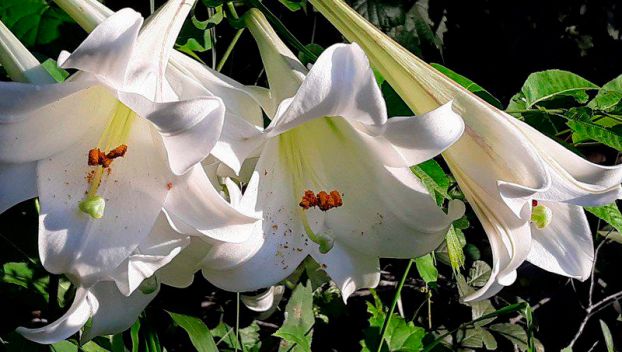
Lifestyles
GROOMS GARDENING: Summer plants thrive with heat, rain
We are entering the third full week of July and it certainly feels like summer. The heat is ... Read more

We are entering the third full week of July and it certainly feels like summer. The heat is ... Read more

We are almost half way through August and have really been feeling the South Georgia summertime heat and ... Read more